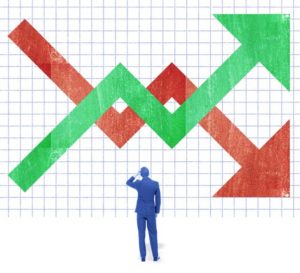
- France unemployment rate went down to 8.5 percent in the beginning of third quarter of 2019 from 8.7 percent in the previous period

The unemployment rate in France went down to 8.5 percent in the beginning of third quarter of 2019 from 8.7 percent in the previous period. It was the lowest jobless rate since the fourth quarter 2008. In metropolitan France only, the unemployment rate declined by 0.2 points over the quarter to 8.2 percent in the three months to June, as the number of unemployed decreased by 66,000 to 2.4 million. In France, the unemployment rate measures the number of people actively looking for a job as a percentage of the labour force.
The unemployment rate increased 2.0 points among young men, but fell 0.2 points among young women. For persons aged 25 to 49, the unemployment rate dropped 0.2 points, also it fell 0.2 points for those aged 50 and over. Among the unemployed, 900 thousand were seeking a job for at least one year. The long-term unemployment rate stood at 3.2 percent in the second quarter, virtually stable from the prior quarter, while declined by 0.3 points over a year.
The employment rate of the population aged 15-64 years was virtually stable at 66 percent in the June quarter. Over the quarter, the employment rate among persons aged 25 to 49 was stable and that among persons aged 50 to 64 rose 0.2 points. At the opposite, the employment rate among youth decreased by 0.3 points. Full-time employment rate stood at 54.7 percent in the second quarter. It increased by 0.2 points over a quarter and advanced by 0.8 points over a year, reaching its highest level since 2003 (beginning of the quarterly series). Part-time employment rate declined 0.3 points to 11.3 percent.
About 5.2 percent of the employed were underemployed, meaning that they had a part-time job but wished to work more. This was virtually stable (down 0.1 points) compared to the March quarter and declined by 7 points over a year. Quarter-on-quarter, it decreased 0.6 points among youths, while fell 0.2 points for middle-age people and it was stable among persons aged 50 to 64. It increased by 0.2 points among persons aged 55 to 64 (up 0.2 points) over a quarter and that was stable over a year (up 0.1 points).



